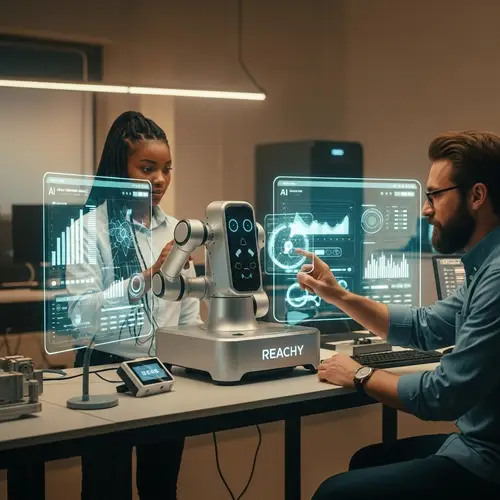Microsoft’s AI Surpasses Doctors in Diagnosing Complex Medical Cases
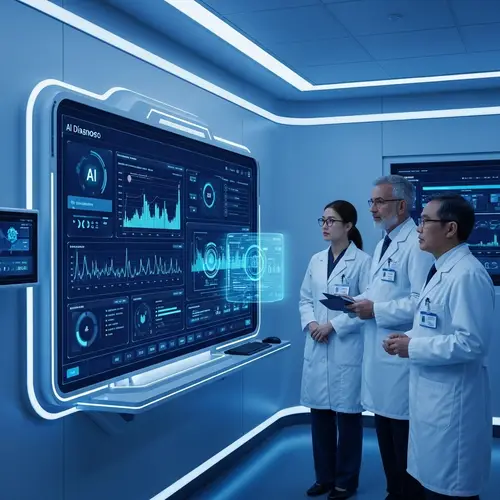
AI Just Raised the Diagnostic Bar—By a Lot
What happens when an AI outperforms seasoned physicians in diagnosing difficult medical puzzles? You get what some might call a medical breakthrough… or a technological wake-up call. Microsoft’s latest language model has stepped boldly into healthcare—and it’s outperforming human doctors in complex cases, to say the least.
Through a groundbreaking study leveraging the SDBench benchmark for AI medical diagnosis, Microsoft’s new system demonstrated higher accuracy than flesh-and-blood professionals. The implications? More accessible, faster, and potentially more secure routes to diagnoses for millions worldwide.
What Is Microsoft’s AI for Complex Medical Cases?
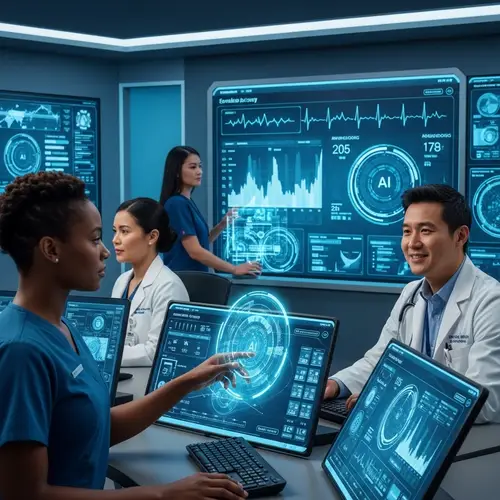
The system is a beefed-up large language model (LLM), trained specifically for analyzing medical symptoms, test results, and patient history. Think ChatGPT with a white coat and years of residency behind it—digitally speaking.
This instrument isn’t a stand-alone chatbot. It’s part of a broader language model medical diagnosis system, designed to assist doctors—not replace them. However, given recent performance metrics, that dynamic might be evolving sooner than expected.
How Accurate Is It Compared to Human Doctors?
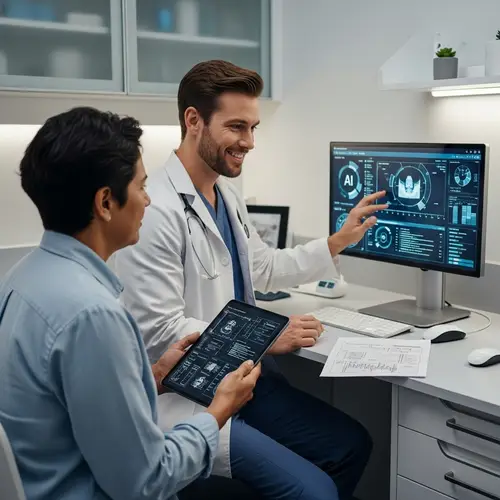
This is where things get real. According to results from the SDBench benchmark for AI diagnosis—a rigorous tool designed to evaluate clinical reasoning—Microsoft’s AI diagnosed difficult cases with up to 15% greater accuracy than the median performance of medical professionals.
We’re talking about situations where symptoms are ambiguous, test results offer little clarity, and every second counts. In those high-stakes moments, Microsoft’s system shows a remarkable ability to zero in on the correct condition faster than many medical experts.
Why Does AI medical diagnosis Matter?
Misdiagnosis is a global issue. It leads to wasted time, higher healthcare costs, and unnecessary suffering. Improved diagnostic accuracy—especially in complex cases—can literally save lives. That’s where this AI excels.
The Advantages: Speed, Scale, and Security

Microsoft’s AI doesn’t need sleep. Or coffee. It doesn’t suffer from fatigue or cognitive bias either. It’s available 24/7, scales across continents, and—when deployed ethically—offers heightened diagnostic security by minimizing human error.
Another major point: accessibility. Especially in underserved regions where expert clinicians are scarce, a cost-effective AI medical diagnosis tool like this could revolutionize healthcare. No jet-setting specialists needed—just a stable internet connection and a secure cloud.
What Precisely Sets Microsoft’s Model Apart from the Swarm?

Unlike generic LLMs trained mostly on web data, this model has been fine-tuned with medical literature, clinical notes, and real diagnostic cases. It excels in contextual understanding, not just keyword matching.
Moreover, it has undergone clinical validation through accepted benchmarks like SDBench—which, for context, simulates real-world diagnostic challenges with branching case decisions. These are no multiple-choice trivia quizzes, folks.
The system’s logical reasoning, nuanced understanding of symptoms, and ability to analyze conflicting signals… it’s more Sherlock Holmes than Google Search.
Limitations? Absolutely—But Also Manageable

No AI is flawless. This one still requires oversight when handling rare conditions or cases where cultural, linguistic, or environmental nuances play a crucial role. It’s also only as good as the data it’s been trained on—and we all know medical datasets can be messy, uneven, or incomplete.
But the trajectory is clear. As datasets diversify and models mature, these limitations shrink rapidly. Which raises a fair question: How long before we see AI as your second (or even first) opinion?
Illustrations of Use in the Real World

Let’s say a rural clinic in South America lacks sufficient diagnostic staff. With Microsoft’s technology, a nurse can input a patient’s symptoms and receive highly probable diagnoses—with a transparent rationale—within seconds. That’s game-changing.
Or imagine an ER overloaded with patients during flu season. The system can assist triage nurses by prioritizing severe cases and flagging risks early. It’s not replacing doctors—it’s helping them act faster and smarter under pressure.
FAQ: AI Medical Diagnosis Unwrapped
Not entirely. It’s still in evaluation and pilot testing stages. But regulatory conversations are heating up, especially after its performance on the SDBench benchmark for AI diagnosis.
Surprisingly well—given the limited data. However, its accuracy drops compared to more common conditions, and it always recommends human review for edge cases.
Yes. As a cost-effective AI medical diagnosis tool, it could reduce unnecessary tests, shorten hospital stays, and eliminate some referrals. That adds up fast.
Definitely a concern, which is why Microsoft emphasizes built-in data privacy and encryption at every step. Hospitals are already testing deployments behind their firewalls.
Not soon, and maybe not ever. It’s an instrument, not a magician. But think of it as a supercharged stethoscope—an assistant that never forgets and always learns.
Conclusion: Healthcare’s AI Moment Has Arrived
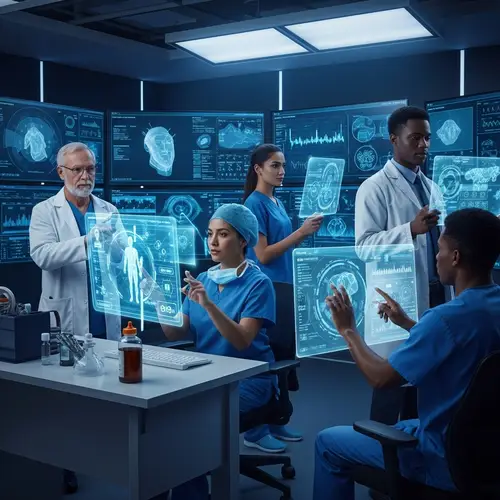
The arrival of Microsoft AI for complex medical cases is more than a headline—it’s a signal that change is here. Whether it’s boosting diagnosis quality, reducing load on health workers, or making expert-level care available in rural areas, the benefits are hard to ignore.
Sure, there are gaps to close. More testing, more oversight, and more refined datasets. But one thing’s clear: Medicine will never be quite the same again.
Are you ready to explore how AI could augment your healthcare solution? Investigate deeper into Microsoft’s innovations—and discover the future of diagnosis today.




